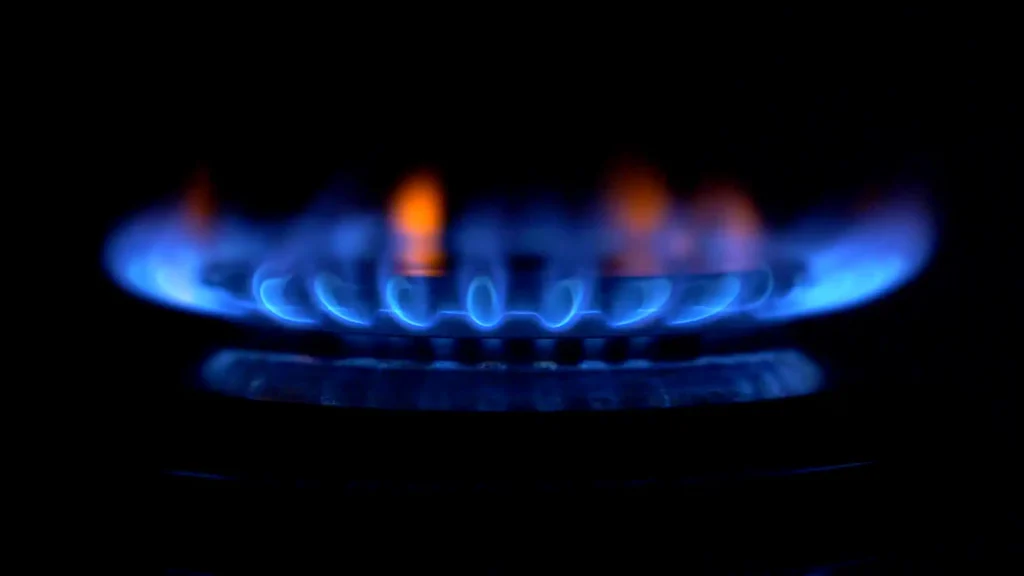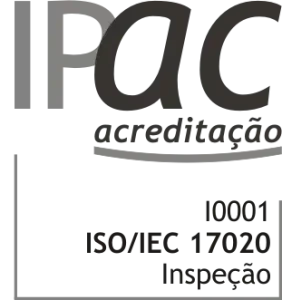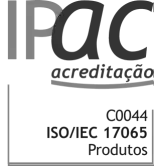- Common questions
Gas installations in domestic buildings executed more than 10 years ago and not subject to remodelling shall be inspected every 5 years.
Every three years, gas installations in buildings and premises classified as usage type iii, iv, v, vi, vii, viii, ix, x, xi, and xii, or others not covered by the described usage types but open to the public.
- a) Common parts of a building, whose responsibility lies with the condominium;
b) Leased fractions when the respective contract transfers responsibility to the tenant, who is still responsible for the inspection of gas appliances they acquire and have installed;
c) For the conversion or reconversion of gas installations, it is the responsibility of the entity contracting the respective works.
Only entities recognised for this purpose by the Directorate-General for Energy and Geology and listed on its website can make changes to gas installations, assuming the respective responsibility. Changes include the installation of gas appliances (boilers, water heaters, stoves, for example).
Yes. An inspection should be requested to confirm that the integrity of the installation has been maintained, ensuring gas supply safety.
No. According to DL no. 97/2017, August 10th, this connection is not considered an installation, so inspection is not mandatory. However, it is advisable to undergo a technical visit to ensure correct and safe use.
The conditioning of the installation occurs whenever non-critical defects are detected that, by their nature, do not require immediate repair but must be eliminated within 3 months, after which the installation is considered to have failed inspection, and gas supply suspension will most likely occur. It is the responsibility of the owner or usufructuary of the installation to make the necessary changes to bring it back into compliance. These defects are described in Portaria n.º 362/2000.
Defects are classified and listed at Portaria n.º 362/2000.
- a) There is a conversion of gas type;
b) Changes are made to the layout, section, or nature of the piping in common areas or inside the dwellings, or replacement of installation components with others of a different type;
c) Gas leakage or interruption of its supply due to the existence of critical defects.
The Gas Inspection Body is responsible for evaluating gas installation projects, inspecting gas distribution networks, inspecting gas installations, inspecting equipment and other systems for the use of combustible gases, and checking the operating conditions of gas appliances and the ventilation and evacuation conditions of combustion products. It is independent from the supplying or distributing entity, which is responsible for gas supply and decides on supply or cutoff based on the result of an inspection carried out by the Inspection Body.
Carbon monoxide (CO) is a highly toxic, odourless, and colourless gas that easily mixes with air, and victims may be unaware of its presence. Excess carbon monoxide can result from incorrect installation of stoves, cooktops, water heaters, boilers, and other combustion appliances, obstructed or improperly sized ducts and chimneys, lack of ventilation in the compartment where the appliance is installed, poor appliance maintenance, among other factors.
Prevention involves acquiring appliances that comply with safety standards (CE marking) and their installation by Recognized Entities by the Directorate-General for Energy and Geology. Regular maintenance of appliances by recognized entities is essential, along with requesting periodic inspections of the installation by Recognized Entities for this purpose.
- a) In common areas of a condominium or horizontal property, the responsibility lies with the condominium;
b) In leased fractions, when the respective contract transfers responsibility to the tenant.
The authorization of operation and its renewal are regulated by the Regulation for the Installation, Operation, Repair, and Modification of Pressure Equipment (Decree-Law No. 131/2019). This regulation applies to all equipment designed to contain a fluid (liquid, gas, or vapor) at a pressure different from atmospheric pressure. Exceptions can be consulted in Decree-Law No. 131/2019.







